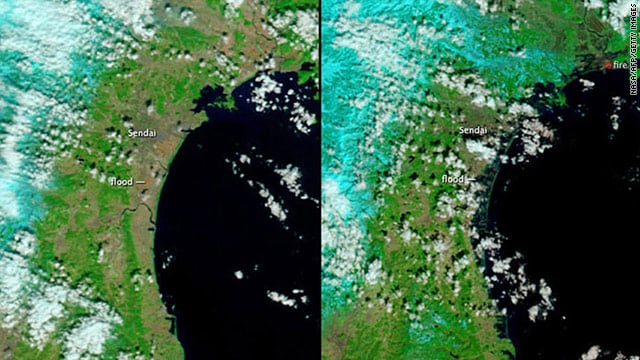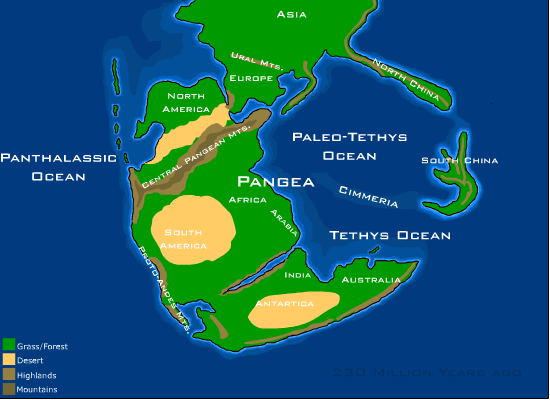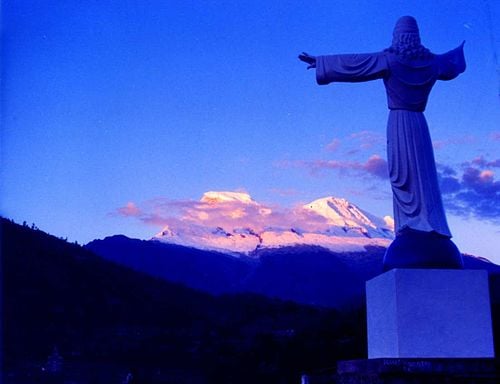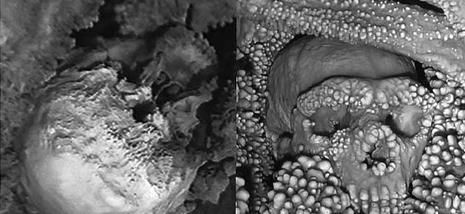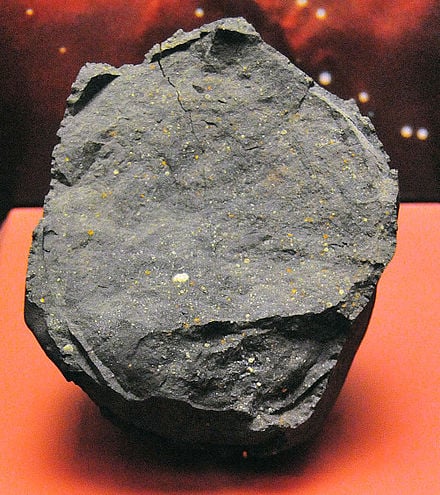The 2011 earthquake off the coast of Japan was so powerful – measuring almost 9.0 on the Richter scale – it moved Japan 8 feet closer to North America and shifted the planet on its axis, causing the length of a day to shorten by almost 1.8 microseconds
Quake moved Japan coast 8 feet, shifted Earth’s axis (CNN) — The powerful earthquake that unleashed a devastating tsunami Friday appears to have moved the main island of Japan by 8 feet (2.4 meters) and shifted the Earth on its axis. “At this point, we know that one GPS station moved (8 feet), and we […]
